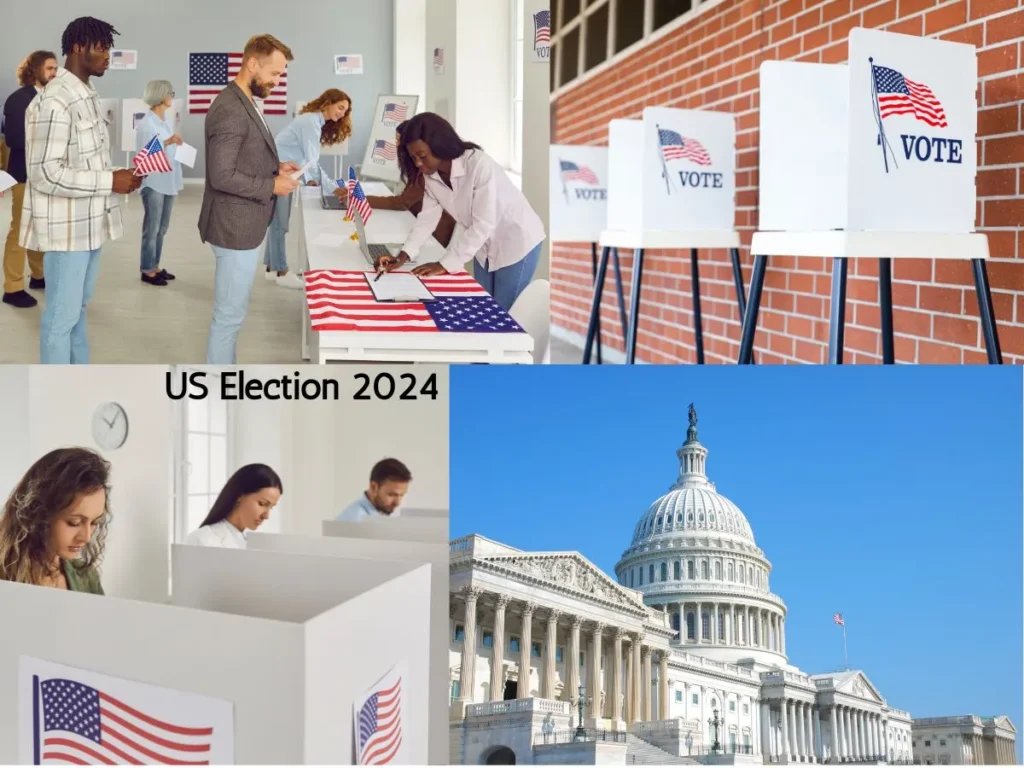Table of Contents
ToggleYoung Voters and its Effect on 2024 Election
Discover the growing impact of young voters on US elections. Learn how Millennials and Gen Z are shaping the political landscape, their key issues, and the challenges they face. Explore strategies to increase young voter turnout and their influence on future elections
The Impact of Young Voters on US Elections
The US elections are a cornerstone of democracy, influencing policies and leadership that shape the future of the nation. In recent years, the growing influence of young voters has become a pivotal factor in determining election outcomes. Let’s delve into the significance of this demographic and how their participation is reshaping the political landscape.
The Changing Demographics of US Voters
Historically, voter turnout has varied significantly across different age groups. Older generations have typically had higher turnout rates, but this trend is shifting. Millennials and Generation Z are now entering the electorate in large numbers, bringing fresh perspectives and priorities.
Who Are These Voters?
Young voters, primarily defined as individuals aged 18-29, are a diverse and dynamic group. They are digital natives, highly educated, and deeply concerned about social issues. This demographic is known for its progressive views and desire for change.

Why Young Voters Matter
Young voters hold the power to sway election results. Their collective voice can influence the outcome of tight races and drive political agendas towards issues that matter to them. As more young people become eligible to vote, their impact grows, potentially redefining the political landscape.
Political Engagement Among Young Voters
Voter registration among young people has been on the rise, driven by increased political awareness and activism. Social media platforms play a crucial role in this engagement, allowing young voters to organize, share information, and mobilize quickly.
Issues That Resonate with Young Voters
Several key issues resonate deeply with these new voters:
Climate Change
Environmental concerns are at the forefront of young voters’ minds. They advocate for sustainable practices and policies to combat climate change.
Social Justice
Issues such as racial equality, LGBTQ+ rights, and gender equality are critical to young voters. They seek leaders who prioritize these concerns and push for systemic change.
Education and Student Debt
The burden of student loans is a significant issue for many such voters. They support policies that provide relief and improve access to affordable education.
Healthcare
Access to affordable healthcare is another priority. These voters support policies that aim to expand healthcare coverage and reduce costs.
Young Voters and Party Affiliations
While young voters tend to lean Democratic, both parties recognize their importance and are making concerted efforts to engage them. Democrats often align more closely with young voters’ values, but Republicans are also increasing outreach to address their concerns.
Barriers to Voting for Young People
Despite their enthusiasm, young voters face several obstacles:
Voter ID Laws
Strict voter ID laws can disproportionately affect young voters, who may lack the required identification.
Accessibility of Polling Places
Limited access to polling places, especially on college campuses, can hinder young voter turnout.
Misinformation and Apathy
The spread of misinformation and a sense of apathy towards the political process can also discourage young voters from participating.
Strategies to Increase Young Voter Turnout
Several strategies can help boost young voter turnout:
Grassroots Campaigns
Community-based efforts can engage young voters at a personal level, encouraging them to participate in the electoral process.
Digital Engagement
Using social media and other digital platforms can effectively reach young voters, providing them with the information and motivation needed to vote.
Education and Awareness Programs
Educational initiatives can inform young voters about the importance of voting and how to navigate the process.
Case Studies: Young Voter Impact in Recent Elections
2008 Obama Election
The 2008 election saw a significant turnout of young voters, who played a crucial role in Barack Obama’s victory. His message of hope and change resonated strongly with this demographic.
2016 and 2020 Elections
In both the 2016 and 2020 elections, young voters were instrumental in shaping the results. Their concerns about social justice, climate change, and healthcare drove them to the polls in record numbers.
Future Projections
Looking ahead, young voters are expected to continue their trend of high engagement. As new issues emerge and technology advances, their influence on elections will likely grow.
The Role of Technology in Mobilizing New Voters
Technology has revolutionized the way young voters engage with politics. Apps and online platforms facilitate voter registration, provide election information, and even allow virtual participation in town halls and debates.
Celebrity and Influencer Influence
Celebrities and social media influencers have a significant impact on young voters. Their endorsements and campaigns can raise awareness and motivate their followers to vote.
Challenges Ahead
Ensuring that young voters have access to accurate information and combating voter suppression are ongoing challenges. Efforts must continue to create a fair and accessible voting process for all.
Conclusion
Young voters are a formidable force in US elections. Their engagement and priorities are reshaping the political landscape, driving change on critical issues. As their influence continues to grow, the future of US elections looks more inclusive and dynamic.
